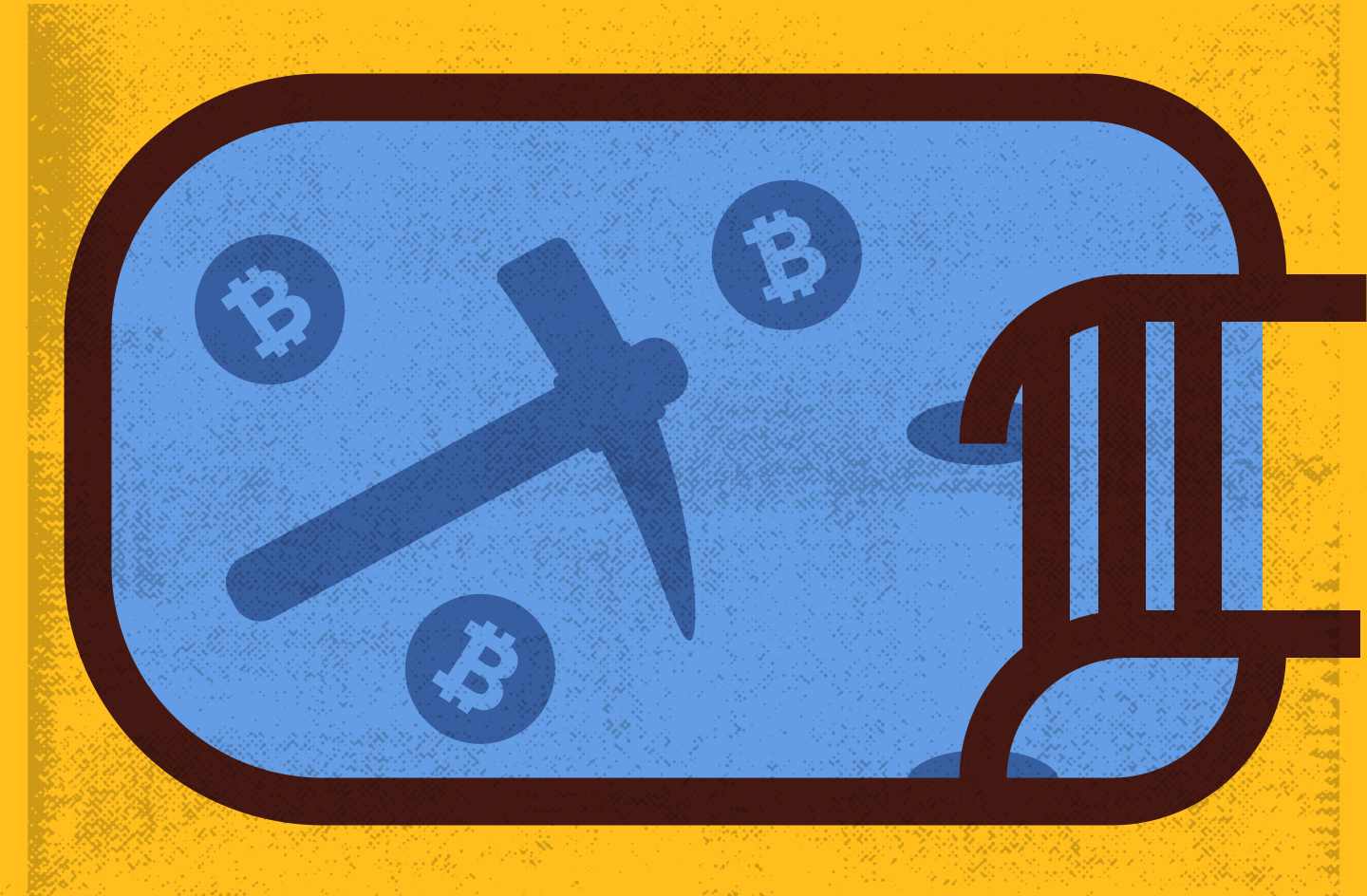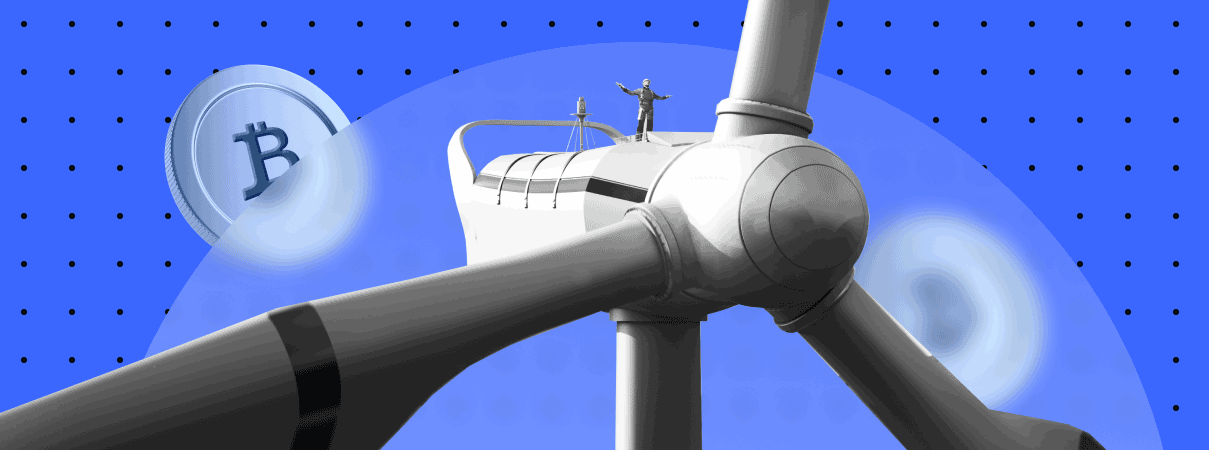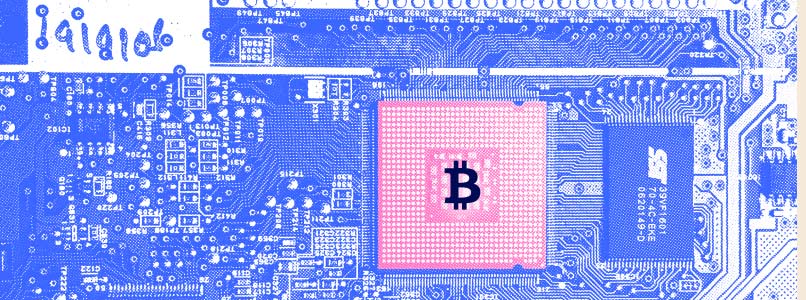Mining is an essential part of the blockchain’s functioning, using the Proof-of-Work algorithm. The hash calculation process with certain parameters guarantees the safety of the cryptocurrency network, even if there is no centralized management.
As cryptocurrencies grow in popularity, miners seek to increase computing power to gain a competitive advantage. For this purpose, specialized ASICs with very high performance, whose main task is to calculate hashes, began to be used. Still, even when running several of the most powerful ASICs, a particular participant’s share of cryptocurrency mining is a pill to cure an earthquake. The probability of calculating a block will still be extremely low, no matter how much money and time is spent. The technology of mining pools was designed to solve this problem. Let’s look at what a mining pool is and how to use it.
How Mining Pools Work
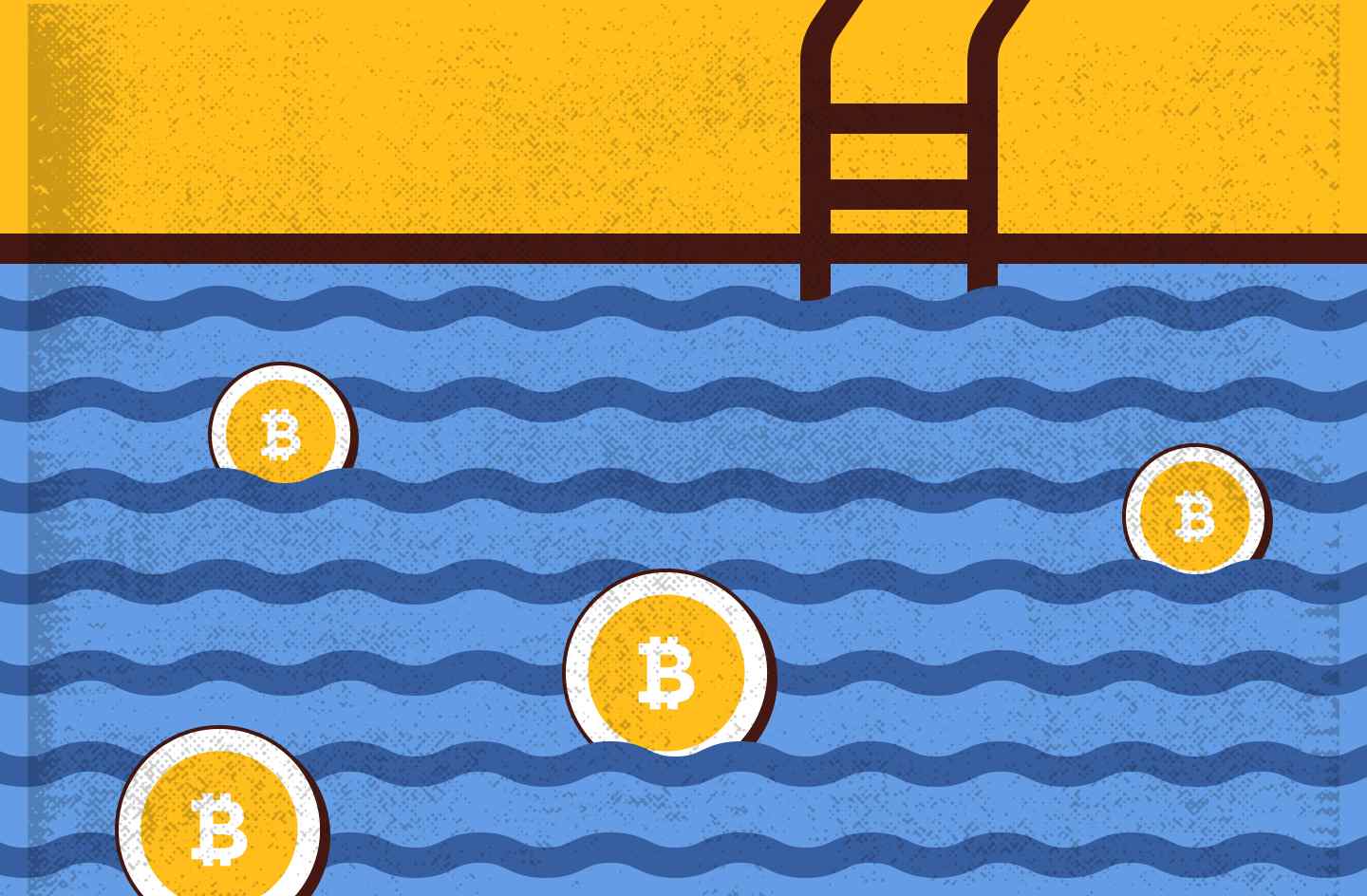
Here is an example of how a typical mining pool works in practice. Let’s assume that 10 participants have 0.2% of the blockchain network’s total capacity (hash rate). Their average chance of finding blocks is 2:1000. With 144 blocks mined daily, it is likely that they will only be able to find two blocks each week.
If that is not enough to profit, participants can join forces. By combining the power, the group will get 2% of the hash rate and be able to find 2 out of 100 blocks (about 2-3 blocks daily). After that, the reward is divided between each involved participant.
A Bitcoin mining pool, for example, is organized on a software level and serves as a coordinator, ensuring that participants receive different Nonce values so that hash rate resources are not wasted on the same blocks. Additionally, the coordinator distributes rewards and pays them to miners based on their work.
Pay-Per-Share
The best mining pools are based on the common PPS algorithm. This system assumes that miners receive a fixed payout across all shares. Shares are hashes used to track the performance of each participant.
Certain shares are characterized by a nominal payout amount, which may increase over time. It is worth noting that shares are not a valid network hash, but a hash that meets certain pool conditions. In accordance with the PPS scheme, the participant receives rewards regardless of the fact of finding blocks. Managers are responsible for all risks, so they almost always charge an additional fee per user or block rewards. A similar algorithm is used by ethermine.com and nanopool.org pools.
Pay-Per-Last-N-Shares
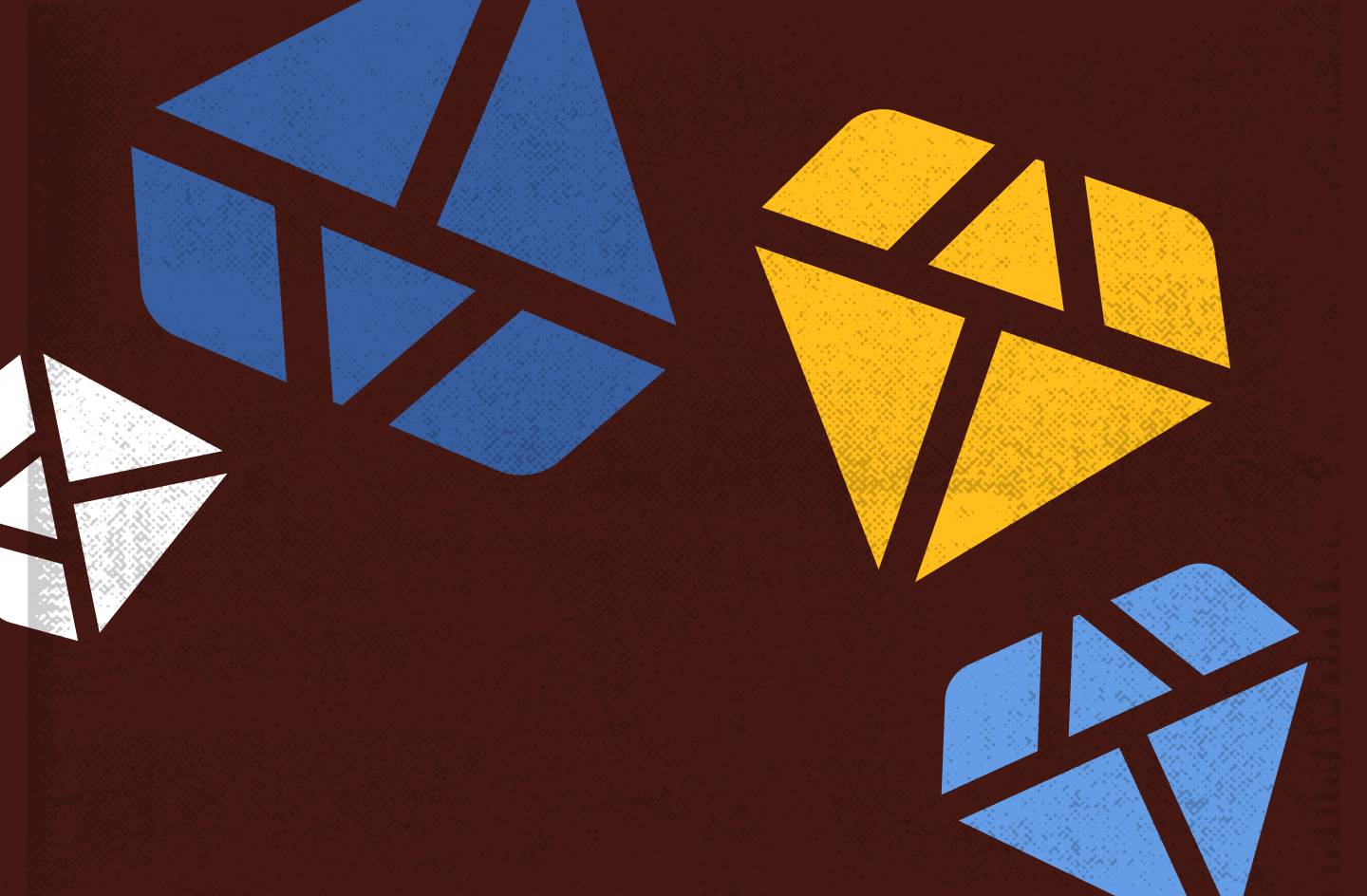
What is PPLNS? This is a unique reward scheme, which is quite common. In this case, miners are rewarded only when a block is successfully mined. When searching for blocks, the pool evaluates the number of N shares of each participant, divides by the total number of shares, and multiplies it by the total reward amount. So, if the reward amount is 25 BTC with 20% manager’s commission (with no transaction fee), participants will receive 20 BTC. If the N number is 100,000 and a miner sends 8,000 shares, he will receive 8% of the total reward (1.6 BTC).
The most popular PPLNS pools are 2miners.ru and antpool.com, which support Ravencoin, Monero, Zcash and other cryptocurrencies.
Participating in a Mining Pool
Here is a step-by-step guide on how to create your own pool or join an existing one:
- Choose a specific type of mining pool.
- Install a specialized program (miner) used to mine blocks.
- Search for connection information (specifying the server data of a particular pool).
- Set up the mining software.
- Launch the work of the mining pool.
To create your own pool, you can find various instructions and templates — the choice will depend entirely on the details of the upcoming work. The main difficulty is to find participants, otherwise the work of the mining pool makes no sense. Moreover, mining without a pool can bring a certain profit, depending on the available computing power and the specifics of the cryptocurrency that is supposed to be mined.
